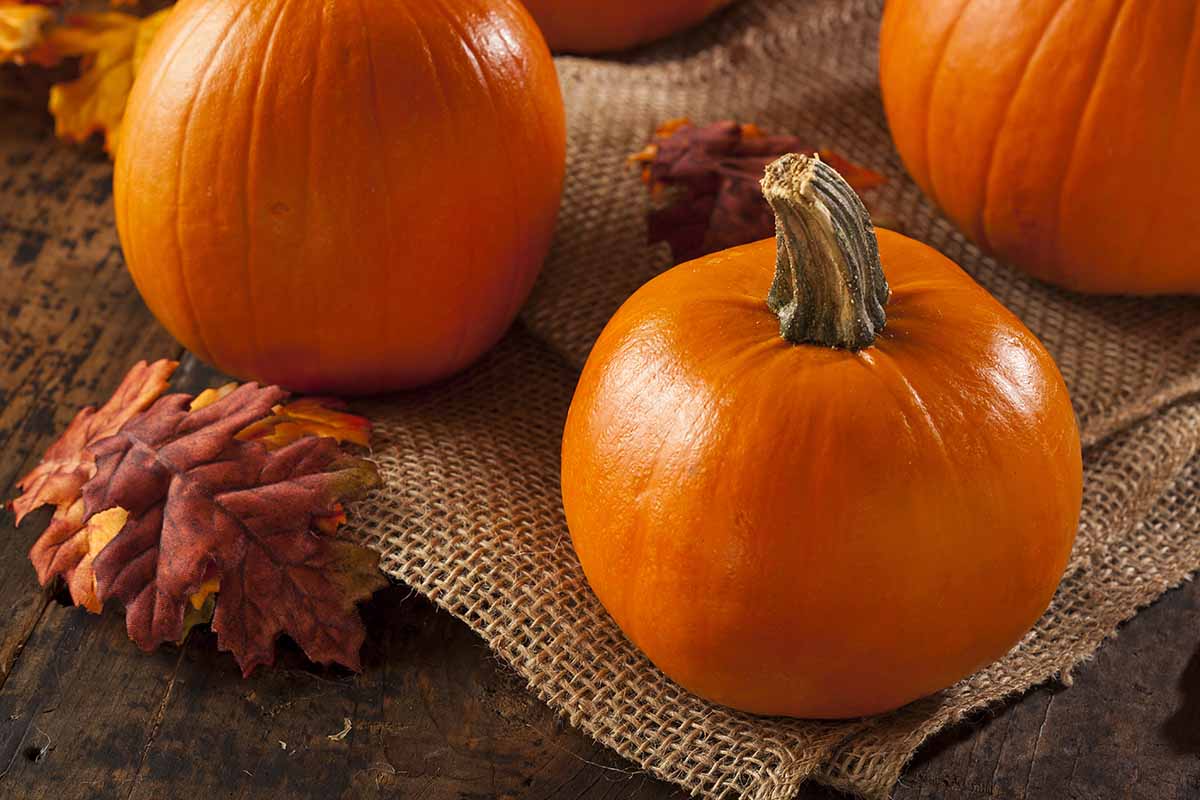

Articles
How To Store Pumpkins
Modified: December 7, 2023
Learn helpful tips and tricks for storing pumpkins in this comprehensive collection of articles. Keep your pumpkins fresh and ready for use all season long.
(Many of the links in this article redirect to a specific reviewed product. Your purchase of these products through affiliate links helps to generate commission for Storables.com, at no extra cost. Learn more)
Introduction
Pumpkins are not only a staple for fall decorating and festive meals, but they can also be stored for future use. Whether you have a surplus of pumpkins from your garden or have purchased them for their decorative appeal, knowing how to properly store them will help you prolong their lifespan and enjoy them for longer.
Storing pumpkins correctly is crucial to maintain their freshness and prevent them from spoiling. With the right techniques and storage conditions, you can extend the shelf life of pumpkins and enjoy their vibrant color and delicious flavor throughout the year.
In this article, we will guide you through the process of storing pumpkins, from choosing the right ones to preserving their quality for as long as possible. Whether you plan to use them for cooking, carving, or simply as autumn decorations, these tips will ensure that your pumpkins stay in optimal condition.
Key Takeaways:
- Preserve pumpkins’ freshness by choosing fully mature, ripe, and organic ones. Prepare and store them in ideal conditions to extend their shelf life and enjoy their vibrant colors and flavors year-round.
- Explore various storage methods such as traditional cool and dry storage, refrigeration, freezing, and preservation techniques to make the most of your pumpkins. Regular inspection and proper handling are crucial for maintaining their quality and maximizing their usability.
Read more: How To Store A Pumpkin
Choosing the Right Pumpkins
When it comes to storing pumpkins, selecting the right ones is the first step in ensuring their longevity. Here are some key factors to consider:
1. Size: Choose pumpkins that are fully mature and have reached their maximum size. Larger pumpkins tend to have thicker skin, which helps them last longer in storage.
2. Variety: Different pumpkin varieties have varying storage capabilities. Some varieties, such as the Sugar Pie and Cinderella pumpkins, are known for their excellent storage qualities. Do some research to find out which types are best suited for long-term storage.
3. Ripeness: Select pumpkins that are fully ripe, with a vibrant color and hard skin. Avoid pumpkins with soft spots, bruises, or any signs of decay, as they will not store well.
4. Stem: Look for pumpkins with a sturdy, intact stem. A strong stem indicates that the pumpkin has been harvested properly and is less likely to develop rot.
5. Overripeness: Avoid selecting pumpkins that are overripe or have already begun to rot. These pumpkins will not store well and can quickly spread mold and bacteria to other pumpkins in storage.
6. Organic and Pest-free: If possible, choose organic pumpkins that have not been treated with pesticides. This will ensure that there are no harmful chemicals on the skin, and it will also help prevent pests from infesting your stored pumpkins.
By considering these factors, you can select pumpkins that are well-suited for storage and have the best chance of lasting throughout the season.
Preparing Pumpkins for Storage
Before you store pumpkins, it is important to properly prepare them to ensure their longevity. Follow these steps to get your pumpkins ready for storage:
1. Clean the Pumpkins: Start by gently cleaning the pumpkins. Use a soft brush or cloth to remove any dirt or debris on the surface. This will help prevent the growth of mold or bacteria during storage.
2. Remove Excess Moisture: Dry the pumpkins thoroughly after cleaning. Excess moisture can encourage the development of mold, so make sure the surface is completely dry.
3. Cure the Pumpkins: Curing is an essential step for pumpkins that will be stored for an extended period. Place the cleaned and dried pumpkins in a dry and well-ventilated area for approximately 10 days. This will allow the outer skin to harden, extending their shelf life.
4. Inspect for Damage: Before storing pumpkins, carefully inspect them for any signs of damage or decay. Remove any pumpkins with soft spots, cuts, or signs of rot to prevent the spread of mold or bacteria to other pumpkins.
5. Apply a Protective Coating: To further protect pumpkins from decay, you can apply a thin layer of vegetable oil or a food-grade wax to the outer skin. This will help seal in moisture and prevent dehydration.
6. Handle with Care: When moving or transferring pumpkins, be gentle to avoid causing any damage. Rough handling can lead to bruising or cuts, which will accelerate the pumpkin’s decay process.
By taking the time to properly prepare your pumpkins, you can minimize the risk of spoilage and ensure that they stay in optimal condition throughout their storage period.
Ideal Storage Conditions for Pumpkins
Creating the right storage environment is crucial for preserving the quality and extending the shelf life of your pumpkins. Here are the ideal storage conditions to keep your pumpkins fresh:
1. Temperature: Pumpkins prefer cool temperatures between 50°F (10°C) and 55°F (13°C). Avoid storing them in areas that are too cold or too warm, as extreme temperatures can accelerate spoilage.
2. Humidity: Pumpkins prefer moderate humidity levels between 50% and 70%. Moisture levels that are too high can promote mold growth, while excessively dry conditions can cause the pumpkins to shrivel.
3. Ventilation: Good air circulation is essential for preventing the buildup of moisture and discouraging the growth of mold. Ensure that the storage area has proper ventilation to keep the pumpkins fresh.
4. Darkness: Exposure to direct sunlight can cause pumpkins to deteriorate quickly. Store them in a dark area or cover them with a cloth to protect them from light.
5. Separation: It is important to store pumpkins separately, without them touching each other. This helps prevent the spread of mold or decay if one pumpkin starts to spoil.
6. Elevated Position: Elevate your pumpkins by placing them on a soft surface, such as straw or cardboard. This helps to minimize contact with moisture and prevents the development of soft spots.
7. Check for Air Circulation: Ensure that there is ample space around each pumpkin to allow for proper air circulation. Avoid overcrowding the storage area, as this can lead to trapped moisture and accelerated spoiling.
By providing these optimal storage conditions, you can maximize the lifespan of your pumpkins and preserve their freshness for a longer period.
Storing Pumpkins in a Cool and Dry Place
A traditional method of storing pumpkins is in a cool and dry place, such as a cellar or a basement. Follow these steps to store your pumpkins in this manner:
1. Choose an Ideal Location: Select a location that provides a cool and dry environment. Cellars, basements, or any room with consistent temperatures and low humidity are ideal for storing pumpkins.
2. Prepare the Storage Area: Clean and organize the storage space, ensuring that it is free from moisture, pests, and direct sunlight. Remove any debris or decaying matter that could potentially affect the pumpkins.
3. Place Pumpkins on a Soft Surface: Create a soft bed for the pumpkins by layering straw, cardboard, or a clean cloth. This helps to protect the pumpkins from direct contact with the floor and minimizes the risk of moisture accumulation.
4. Arrange Pumpkins with Space in Between: Ensure that there is ample space between each pumpkin, allowing for proper air circulation. This prevents the spread of mold and decay if one pumpkin starts to spoil.
5. Regularly Check the Pumpkins: Periodically inspect the stored pumpkins for any signs of spoilage, such as soft spots or mold growth. Remove any affected pumpkins immediately to prevent further contamination.
6. Rotate the Pumpkins: To ensure equal exposure to air and light, rotate the pumpkins every few weeks. This helps maintain their shape and prevents them from developing flat spots or uneven coloring.
7. Monitor the Temperature and Humidity: Regularly check the temperature and humidity levels in the storage area to ensure they remain within the recommended range. Adjust if necessary to maintain the optimal conditions.
8. Use them Before Spoilage: Although pumpkins can last several months in a cool and dry storage area, it is best to use them before they start to spoil. Plan your recipes or carving activities accordingly to make the most of your stored pumpkins.
By storing pumpkins in a cool and dry place with proper care, you can extend their shelf life and enjoy their beauty and flavor long after the fall season has ended.
Store pumpkins in a cool, dry place with good air circulation, such as a basement or pantry. Avoid direct sunlight and keep them off the ground to prevent rotting. Check for any signs of decay regularly.
Read more: How To Store Pumpkin
Storing Pumpkins in a Refrigerator
If you have limited space or live in a warmer climate, storing pumpkins in a refrigerator can be a viable option. Here’s how to store pumpkins in a refrigerator:
1. Choose the Right Size: Select smaller-sized pumpkins for refrigeration, as they will be easier to fit and maneuver in the limited space. It’s best to opt for pumpkins that are less than 10 pounds.
2. Clean the Pumpkins: Before placing the pumpkins in the refrigerator, give them a gentle cleaning to remove any dirt or debris. Use a soft brush or cloth to wipe them clean.
3. Dry the Pumpkins: After cleaning, make sure to dry the pumpkins thoroughly. Excess moisture can lead to rotting or the growth of mold, so ensure the surface is completely dry.
4. Wrap Them in Plastic: To minimize moisture loss and maintain freshness, individually wrap each pumpkin in plastic wrap. This helps create a protective barrier and prevents the pumpkins from drying out.
5. Store in the Vegetable Drawer: Place the wrapped pumpkins in the vegetable drawer of your refrigerator. This section has slightly higher humidity levels, which can help prolong the freshness of the pumpkins.
6. Avoid Overcrowding: Do not overcrowd the vegetable drawer. Leave enough space around each pumpkin to allow for proper air circulation and to prevent them from getting squashed or bruised.
7. Monitor the Temperature: Check and adjust the temperature of your refrigerator to ensure it is set to around 50°F (10°C) to 55°F (13°C). This temperature range mimics the ideal conditions for pumpkin storage.
8. Check Regularly: Periodically inspect the stored pumpkins for any signs of spoilage. If you notice any soft spots, mold growth, or unpleasant smells, remove the pumpkin immediately to prevent contamination.
9. Use Stored Pumpkins Promptly: Although refrigeration can extend the lifespan of pumpkins, it is recommended to use them within a month or two for optimal freshness and quality.
Storing pumpkins in the refrigerator allows you to enjoy their freshness for a longer duration, especially in warm climates or when space is limited. Just ensure to follow these steps and keep an eye on their condition throughout storage.
Freezing Pumpkins for Long-Term Storage
If you want to store pumpkins for an extended period, freezing them is an excellent option. Freezing preserves the texture and flavor of pumpkins, allowing you to enjoy them even months later. Here’s how to freeze pumpkins:
1. Select the Right Pumpkins: Choose ripe and firm pumpkins for freezing. These will yield the best results and ensure optimal flavor and texture after thawing.
2. Prepare the Pumpkins: Start by washing the pumpkins thoroughly to remove any dirt or debris. Cut off the stem and slice the pumpkins in half. Remove the seeds and stringy pulp using a spoon or scoop.
3. Cook or Steam the Pumpkins: There are two methods to prepare pumpkins for freezing. You can either cook them in boiling water or steam them until they are soft and tender. This process helps in breaking down the fibers and makes it easier to puree the pumpkins later.
4. Puree the Pumpkins: Once cooked, allow the pumpkins to cool. Scoop out the flesh and transfer it to a blender or food processor. Blend until you achieve a smooth and creamy puree consistency. You can also add a little water if needed.
5. Portion and Package: Divide the pumpkin puree into convenient portion sizes, depending on your future needs. Place each portion in freezer-safe containers, leaving a small space at the top for expansion during freezing. Alternatively, you can use resealable freezer bags, squeezing out excess air before sealing.
6. Label and Freeze: Label each container or bag with the date and contents. Place them in the freezer, ensuring they are laid flat to save space. Allow enough time for the pumpkin puree to freeze completely before stacking the containers.
7. Thawing and Using Frozen Pumpkins: To use the frozen pumpkin puree, simply remove the desired portion from the freezer and allow it to thaw in the refrigerator overnight. Once thawed, it can be used in various recipes, such as soups, pies, muffins, or pumpkin bread.
By following these steps, you can store pumpkins for an extended period while preserving their taste and texture. Freezing pumpkins not only saves space but also ensures you have a readily available supply of pumpkin puree for your favorite recipes throughout the year.
Extending Pumpkin Shelf Life with Preservation Techniques
In addition to traditional storage methods, there are various preservation techniques that can further extend the shelf life of pumpkins. These techniques help preserve the freshness, flavor, and nutritional value of pumpkins for an even longer duration. Here are some effective preservation methods:
1. Canning: Canning is a popular preservation technique that involves heating pumpkin puree in jars to kill bacteria and prevent spoilage. Properly canned pumpkin can last for up to a year. Follow a trusted canning recipe and ensure that all jars are properly sealed and stored in a cool, dark location.
2. Dehydrating: Dehydrating pumpkins involves removing the moisture content from the flesh, resulting in a lightweight and concentrated product. You can dehydrate pumpkin slices or puree in a dehydrator or an oven set at a low temperature. Once fully dehydrated, store the pumpkin in airtight containers or vacuum-sealed bags.
3. Freezing Cubes: Instead of freezing pumpkin puree in large portions, consider freezing it in ice cube trays. This allows for easy portioning and thawing as needed, reducing waste and ensuring that the remaining puree stays frozen.
4. Pumpkin Butter: Pumpkin butter is made by cooking down pumpkin puree with spices and sugar until it reaches a thick and spreadable consistency. It can be canned for long-term storage or stored in the refrigerator for a few weeks. Pumpkin butter is a delightful and versatile condiment that can be used in various recipes.
5. Pickling: Pickled pumpkin is a unique way to preserve and add flavor to your pumpkins. It involves soaking pumpkin chunks or slices in a vinegar-based brine with spices and herbs. The pickled pumpkin can be stored in jars in the refrigerator for several weeks.
6. Pumpkin Seeds: Don’t forget about the seeds! Pumpkin seeds can be preserved by thoroughly drying them and storing them in an airtight container. Roasted pumpkin seeds make for a tasty and nutritious snack.
By using these preservation techniques, you can prolong the shelf life of pumpkins and enjoy their flavors and benefits long after the harvest season.
Tips for Checking and Maintaining Pumpkin Quality
Maintaining the quality of stored pumpkins is essential to ensure they stay fresh and usable for as long as possible. Here are some tips for checking and maintaining pumpkin quality:
1. Regularly Inspect Pumpkins: Periodically inspect the stored pumpkins to check for any signs of spoilage. Look for soft spots, mold growth, or any unpleasant odors. Remove any pumpkins showing signs of decay to prevent the spread of mold or bacteria.
2. Rotate Pumpkins: Avoid placing pumpkins in direct contact with surfaces or each other for extended periods. Rotate them every few weeks to ensure even air circulation and prevent the development of flat spots.
3. Handle with Care: When handling pumpkins, be gentle to avoid causing any damage. Rough handling can result in bruising or cuts, which can accelerate the pumpkin’s decay process.
4. Control Moisture: Excessive moisture can cause pumpkins to rot quickly. Monitor the storage area for any signs of moisture buildup or condensation. If necessary, use a dehumidifier or desiccant to control humidity levels.
5. Maintain Temperature: Ensure that the storage area maintains a consistent cool temperature between 50°F (10°C) and 55°F (13°C). Avoid extreme temperature fluctuations, as they can shorten the lifespan of the pumpkins.
6. Store Separately: To minimize the risk of cross-contamination, store pumpkins separately without them touching each other. This prevents the spread of mold or decay if one pumpkin starts to spoil.
7. Use Fresh Pumpkins First: When it comes to cooking or carving, prioritize using fresh pumpkins first. Use the pumpkins that show signs of softening or ripening before moving on to the firmer ones.
8. Preserve Unused Portions: If you have excess pumpkin puree or chunks, consider preserving them using techniques like canning, freezing, or dehydrating. This allows you to extend their usability and reduce waste.
By following these tips, you can ensure that your stored pumpkins maintain their quality for as long as possible, allowing you to enjoy their delightful flavor and beautiful appearance throughout the year.
Read more: How To Store Pumpkin Bread
Conclusion
Knowing how to store pumpkins properly is essential to maximize their shelf life and enjoyment. Whether you have an abundance of pumpkins from your garden or want to make the most of seasonal decorations, the right storage methods can ensure that your pumpkins stay fresh, flavorful, and vibrant for an extended period.
Throughout this article, we have explored various techniques for storing pumpkins, including traditional methods and preservation techniques. From choosing the right pumpkins to preparing them for storage, we have covered the necessary steps to maintain their quality.
Whether you prefer storing pumpkins in a cool and dry place, or opt for freezing, canning, or pickling, each method has its own benefits and considerations. It’s important to choose the method that best suits your needs and available resources.
Additionally, regular inspection and proper handling are key to maintaining the quality of stored pumpkins. By carefully checking for signs of spoilage, controlling moisture levels, and maintaining optimal storage temperatures, you can significantly extend the lifespan of your pumpkins.
Remember, while it’s exciting to have pumpkins stored for months, it’s also essential to use them before they spoil. Plan your recipes or carving activities accordingly to make the most out of your stored pumpkins.
By following the guidelines provided in this article, you can confidently store your pumpkins and preserve their freshness, allowing you to savor the flavors of autumn well beyond the fall season.
So go ahead, choose the perfect pumpkins, prepare them for storage, and enjoy the vibrant colors, delicious flavors, and festive vibes they bring to your home throughout the year!
Frequently Asked Questions about How To Store Pumpkins
Was this page helpful?
At Storables.com, we guarantee accurate and reliable information. Our content, validated by Expert Board Contributors, is crafted following stringent Editorial Policies. We're committed to providing you with well-researched, expert-backed insights for all your informational needs.
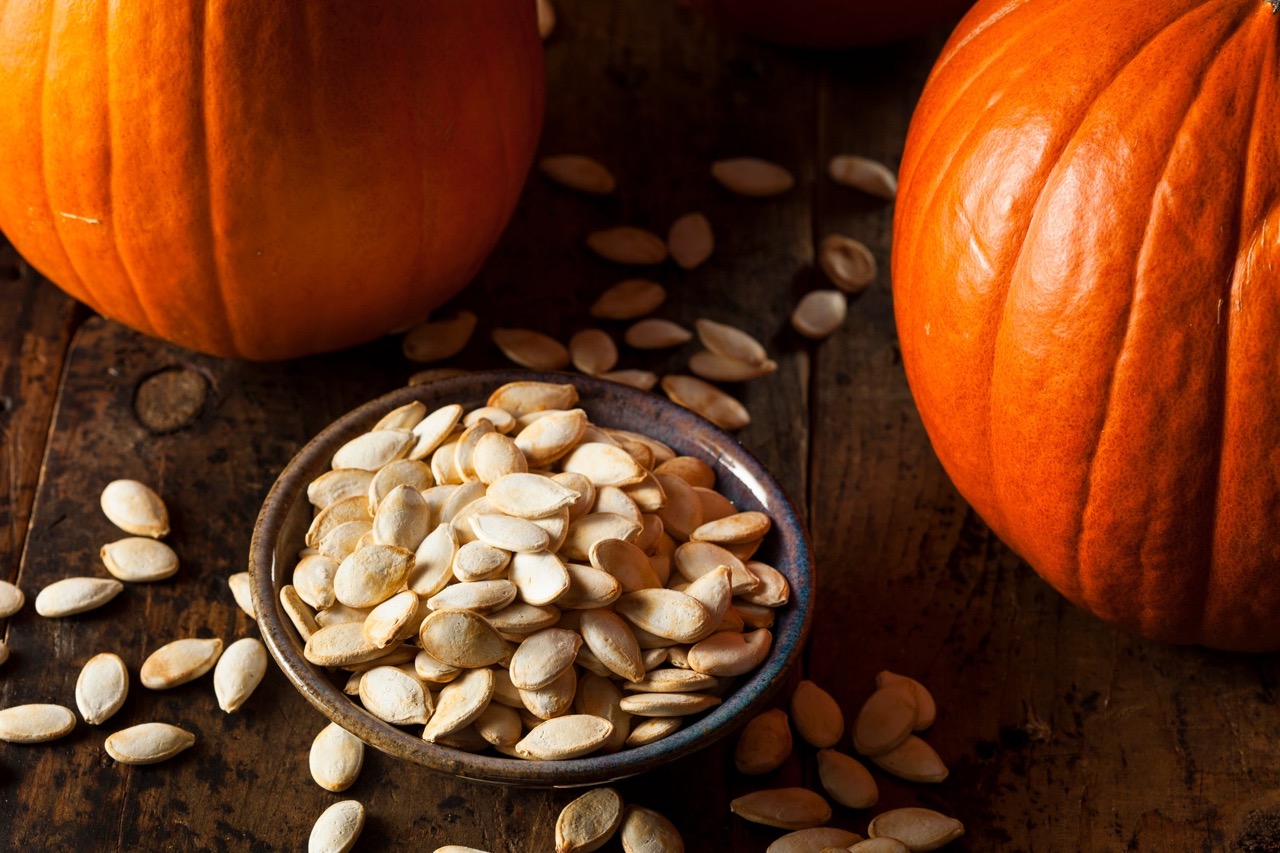
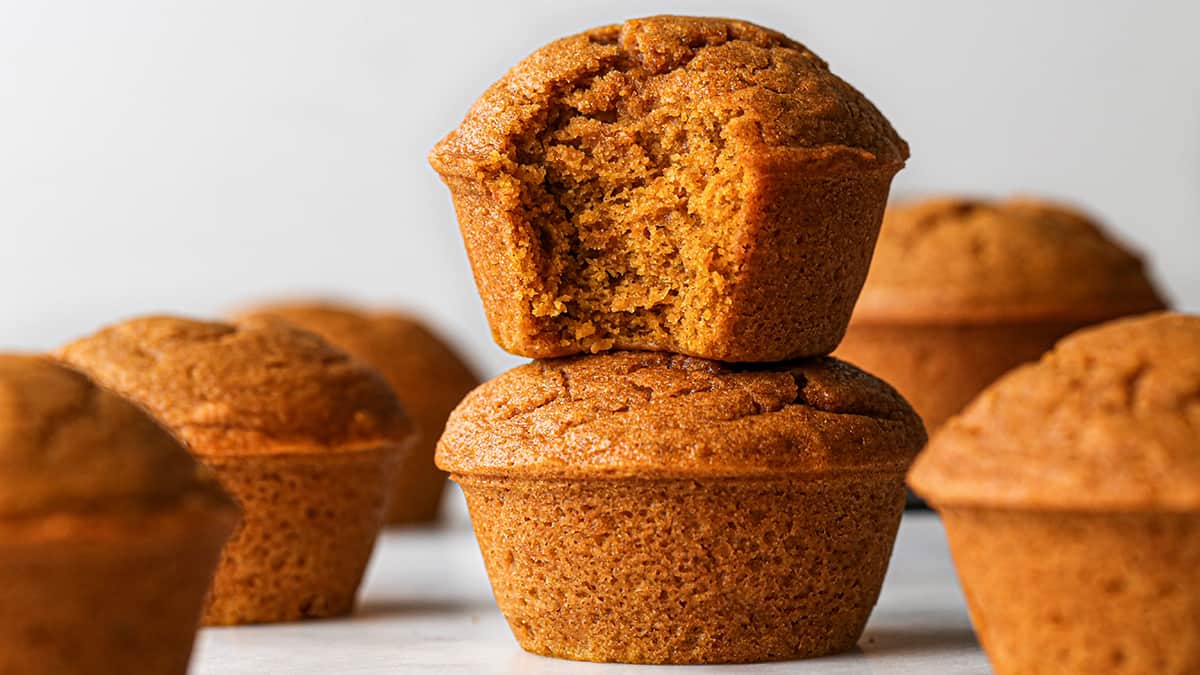
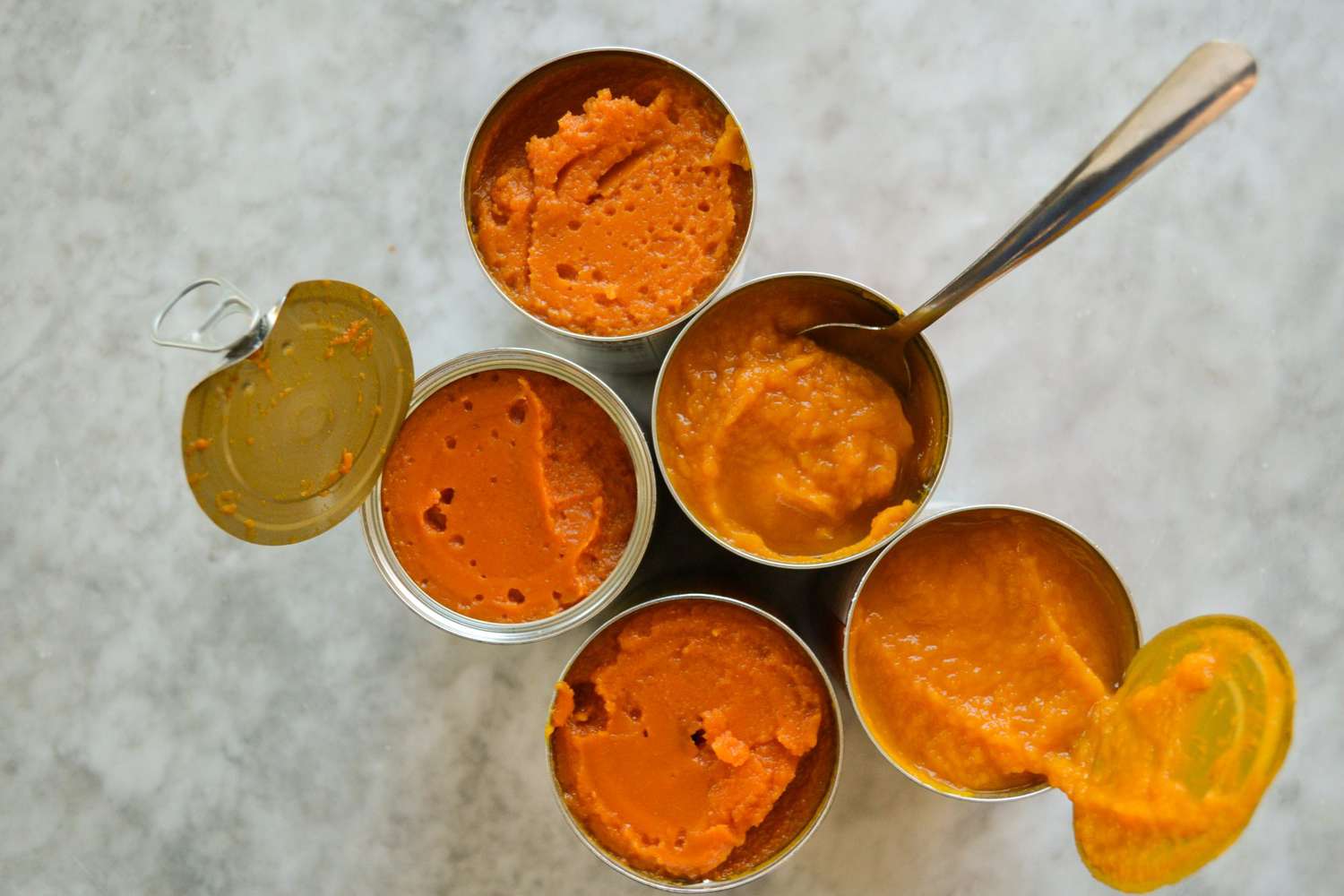
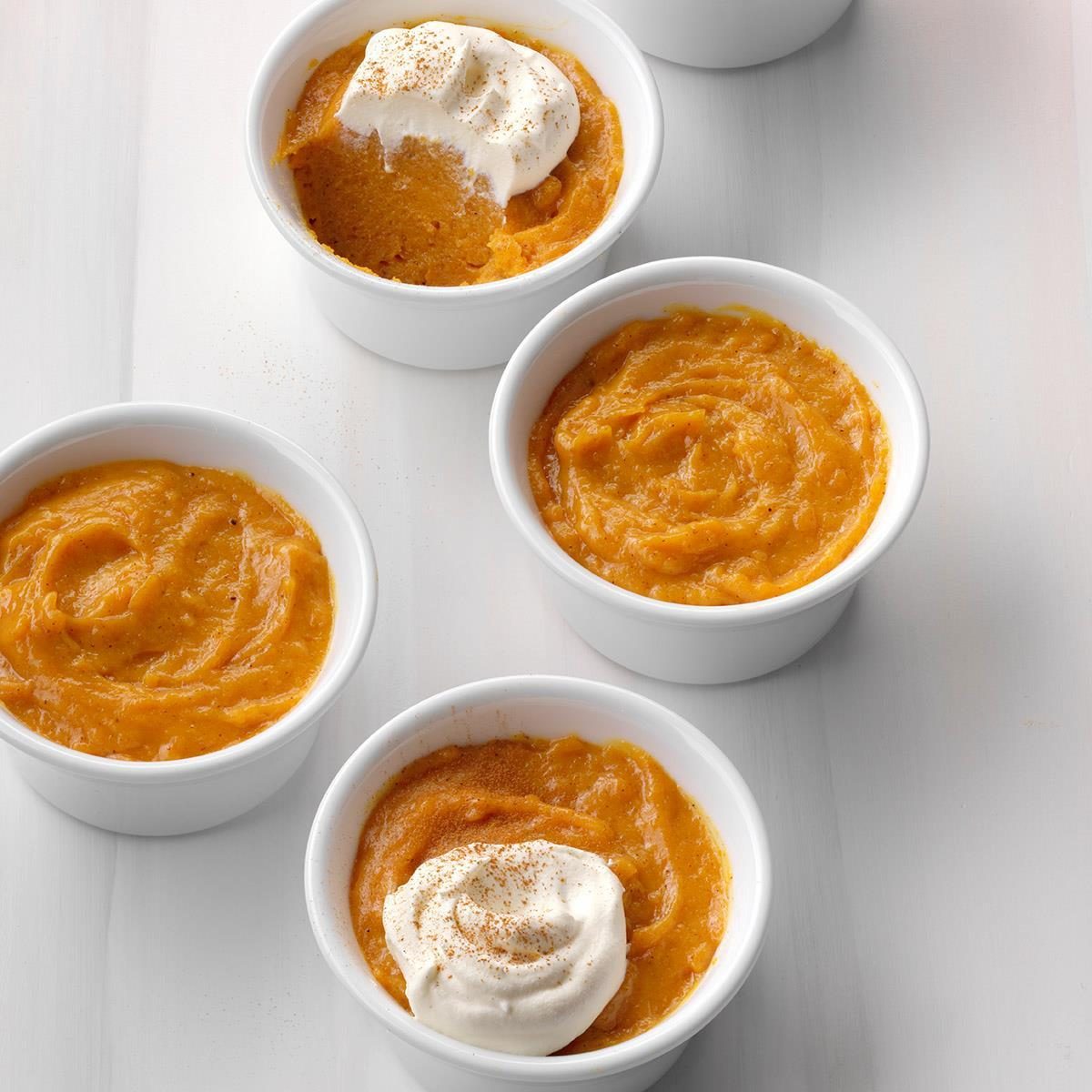
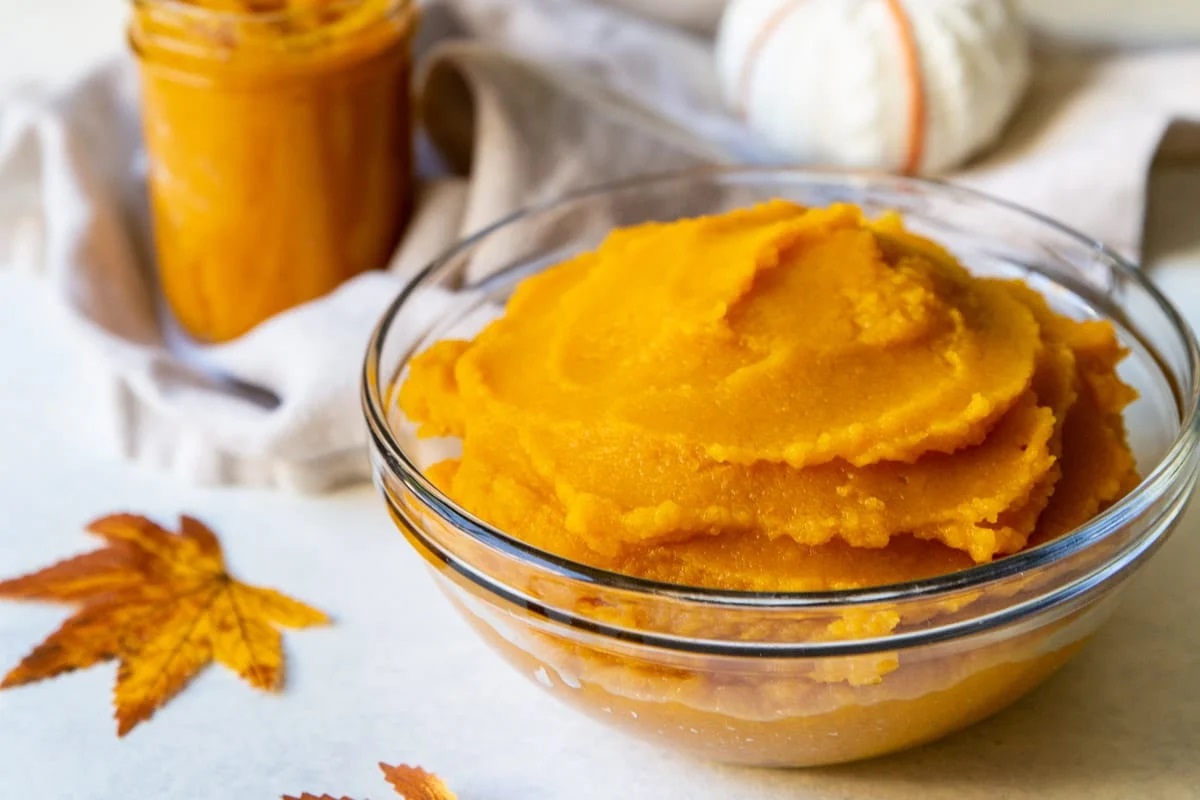
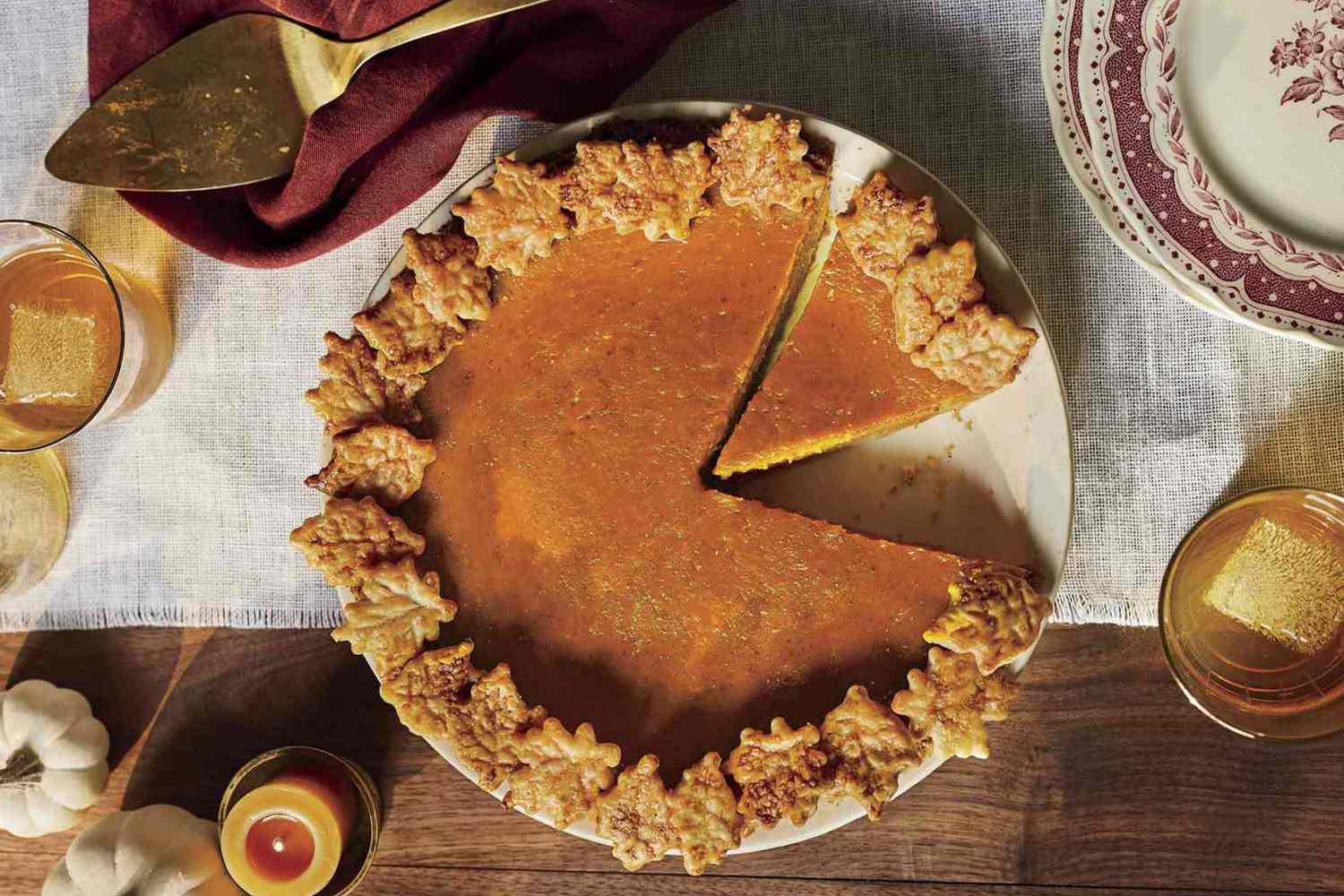
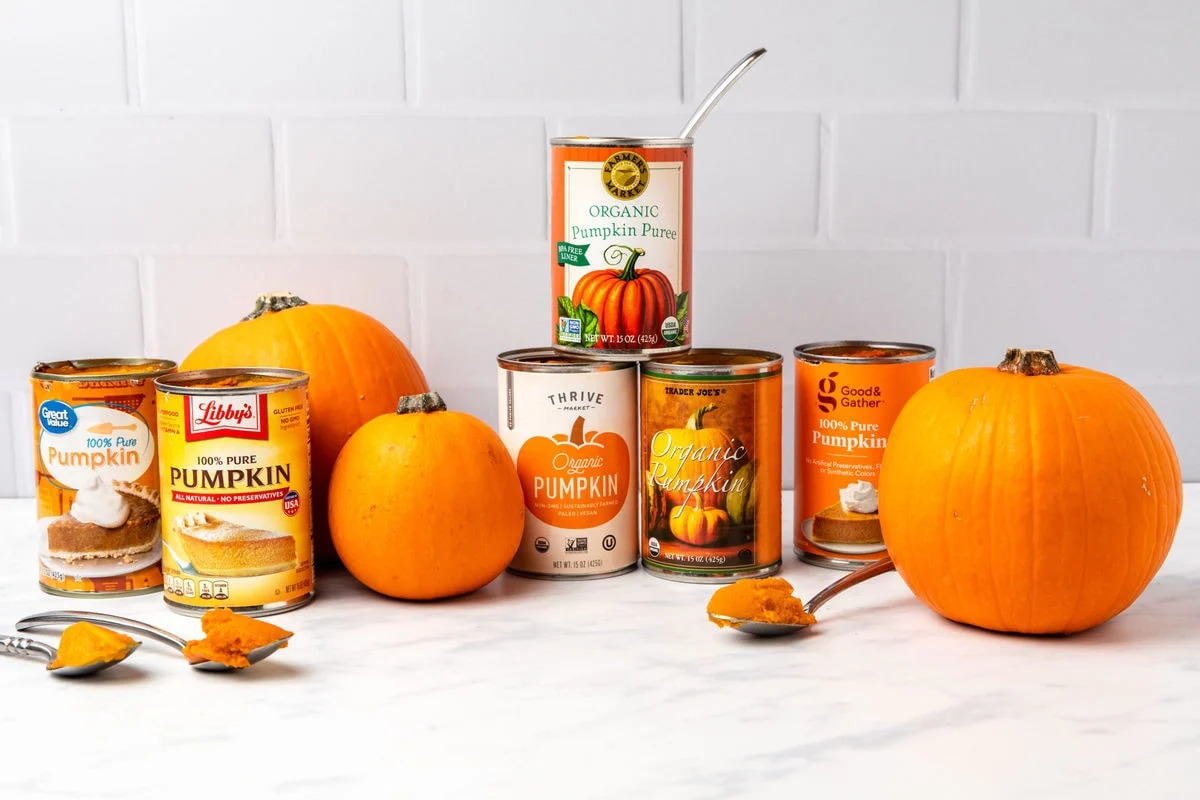
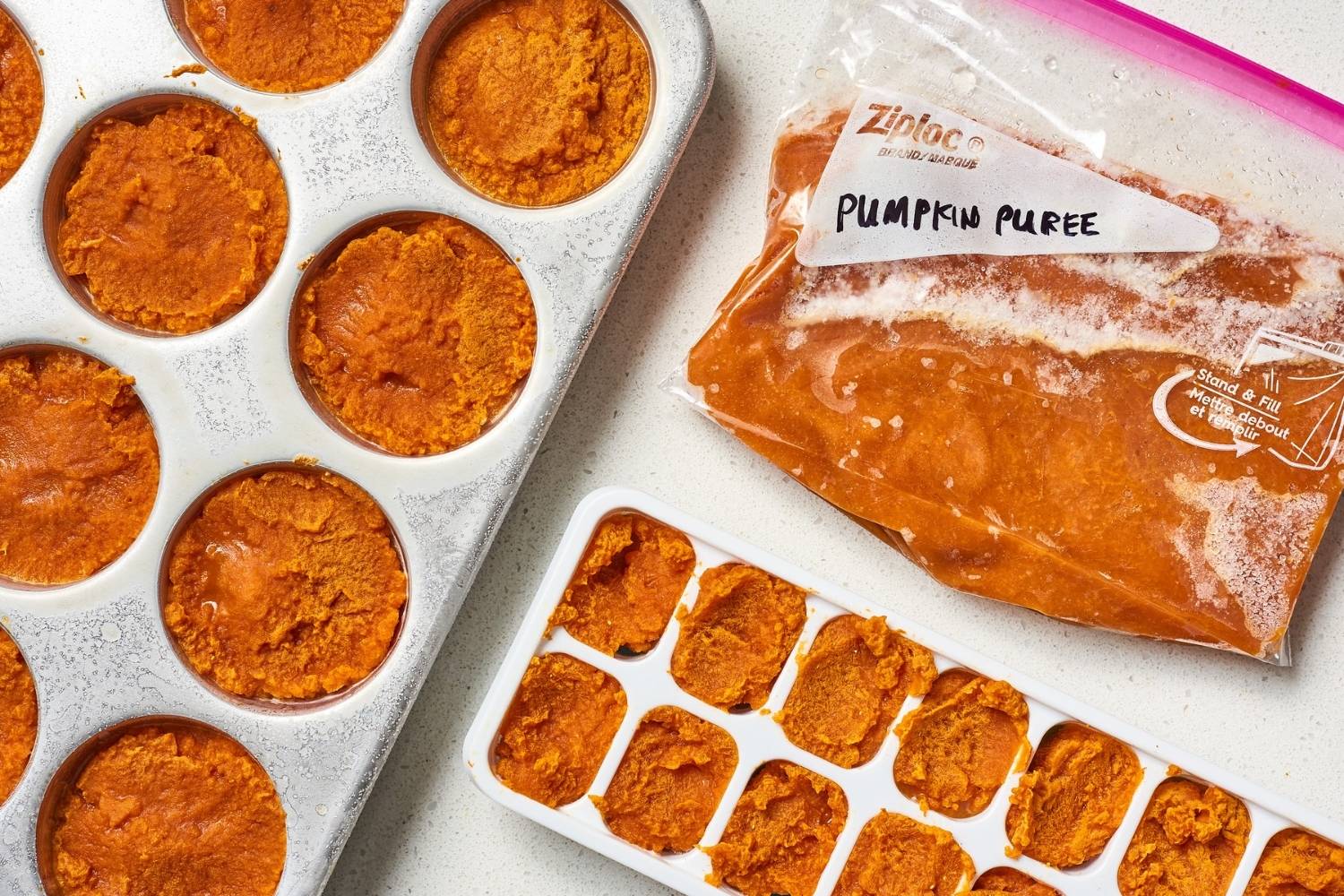
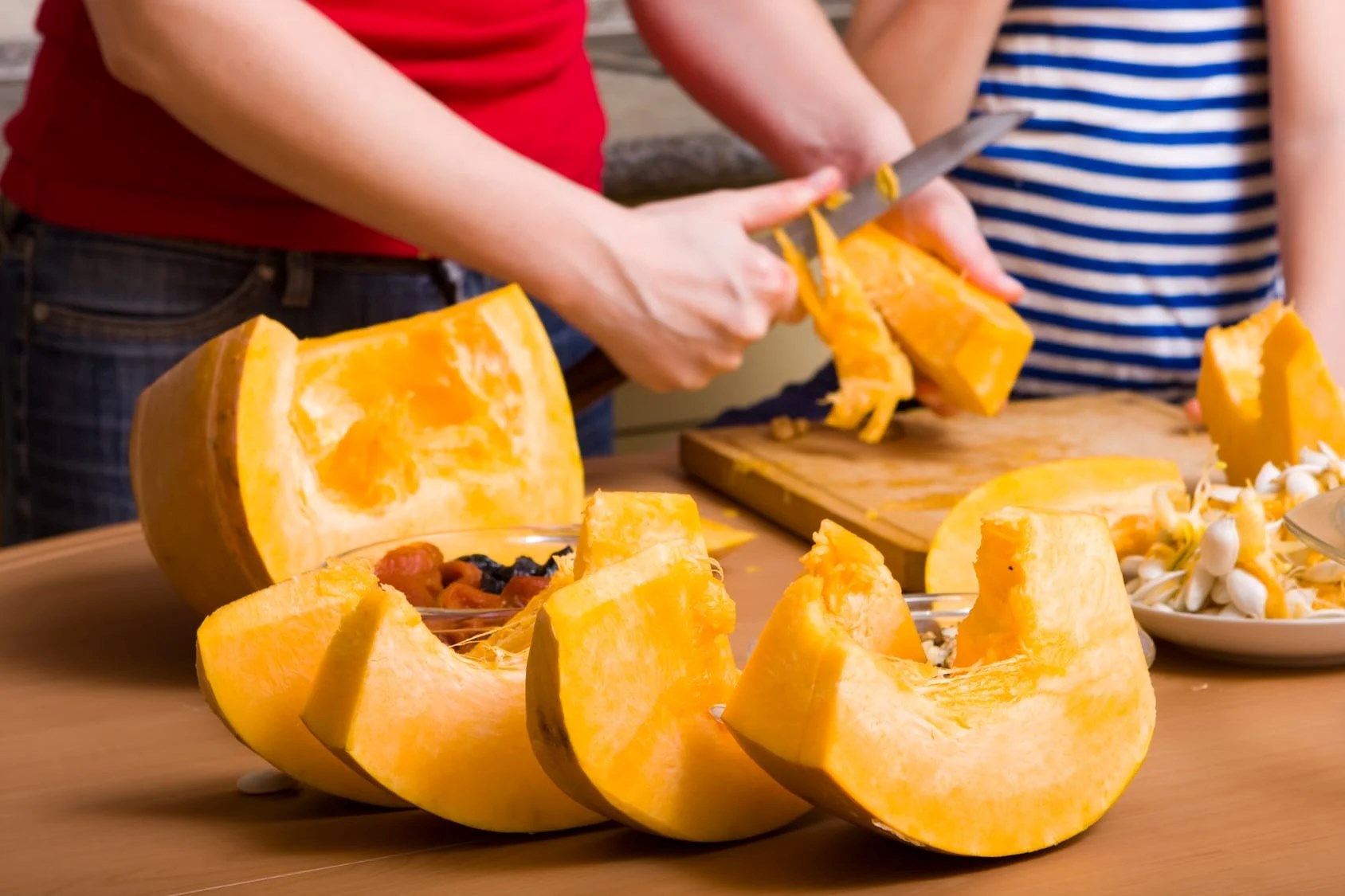
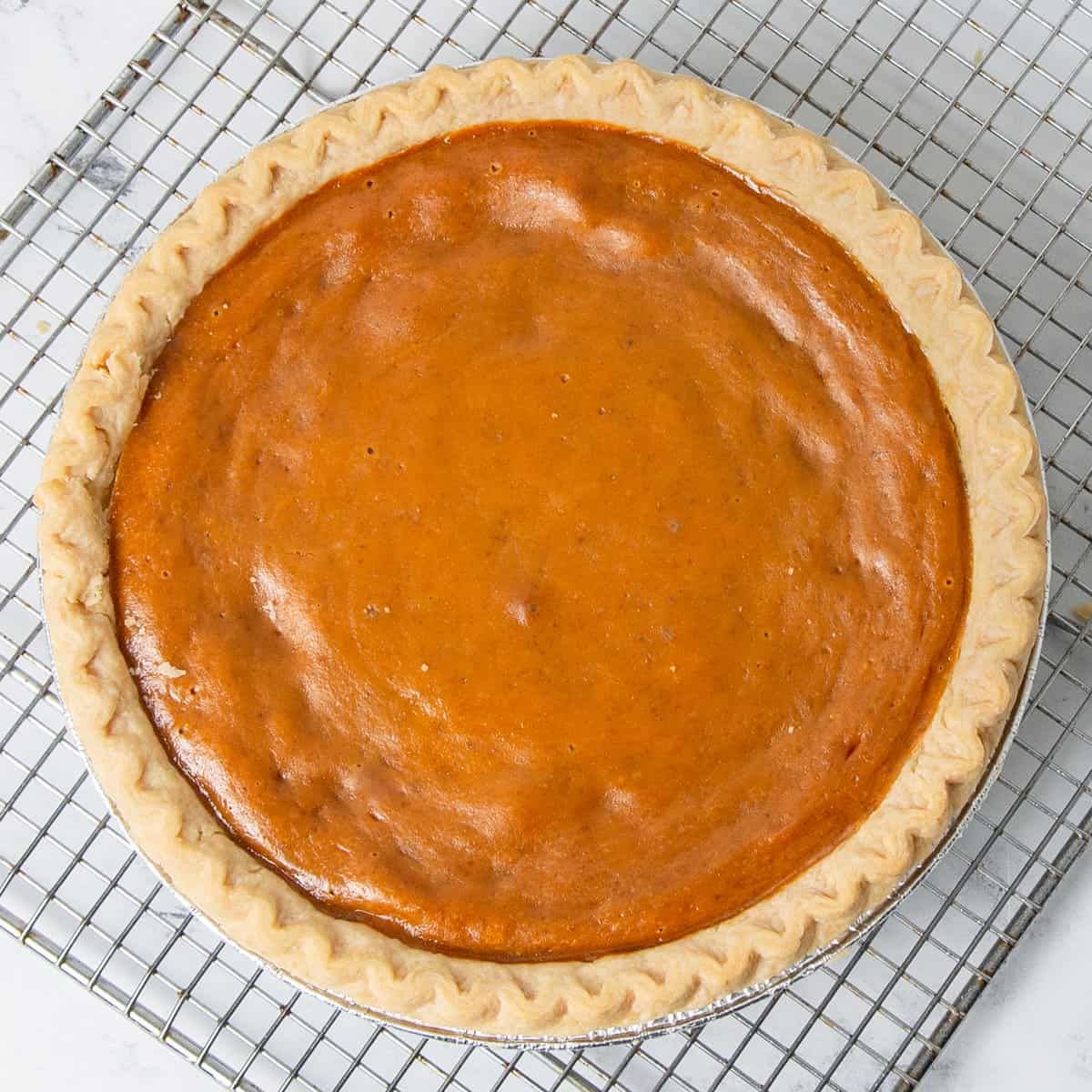
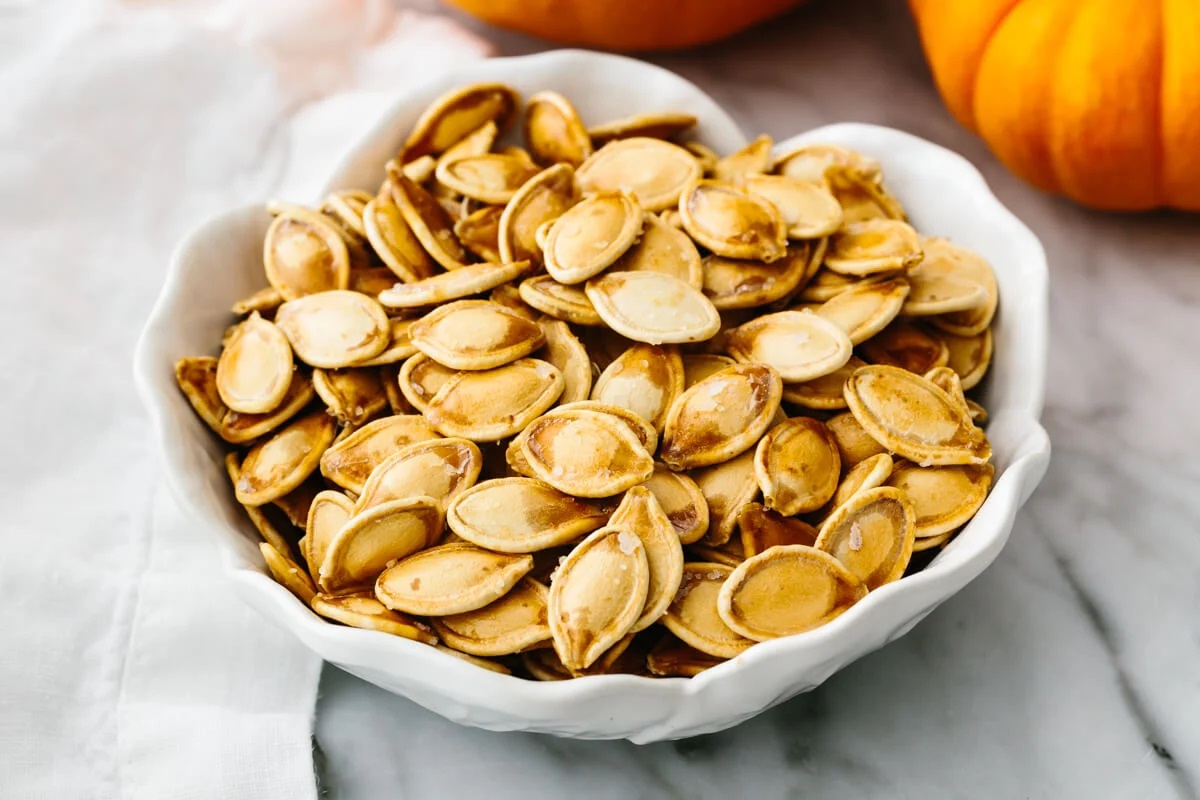
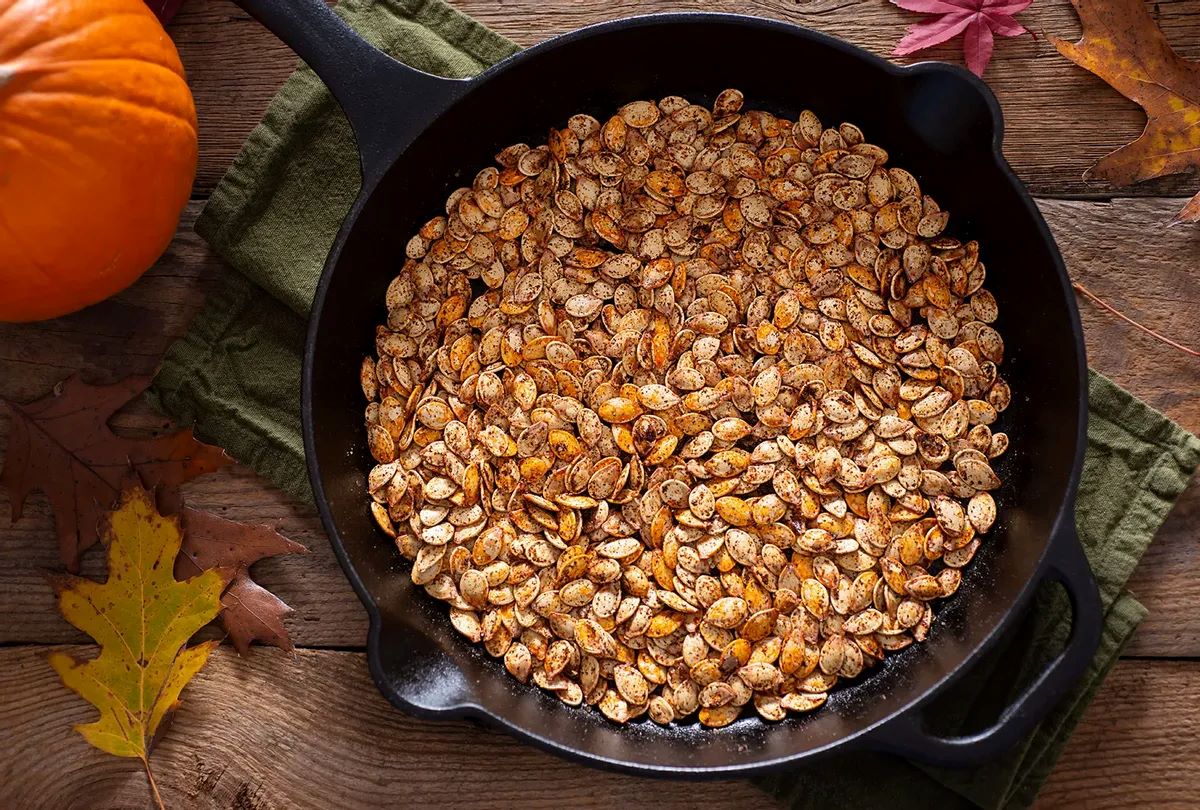
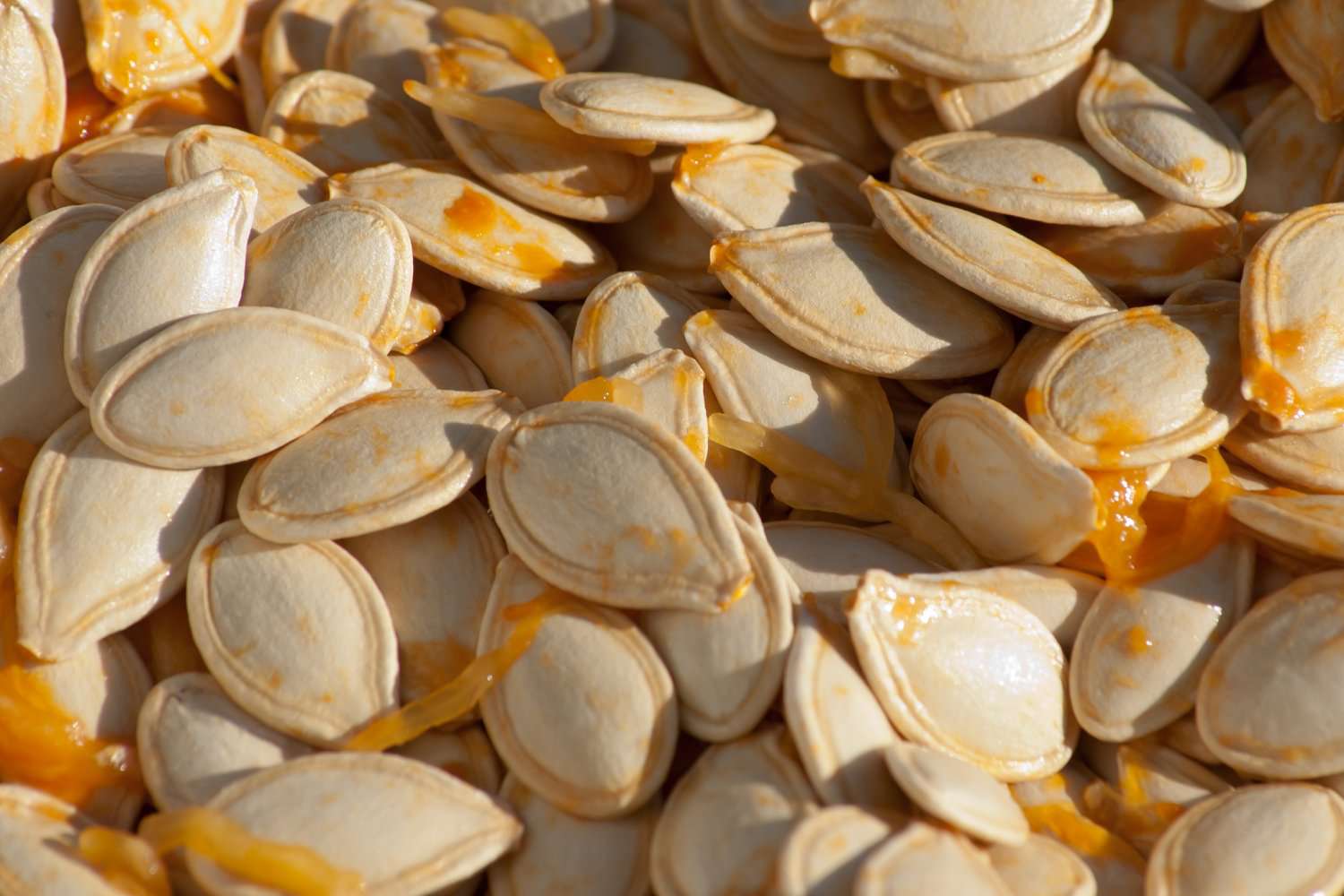

0 thoughts on “How To Store Pumpkins”